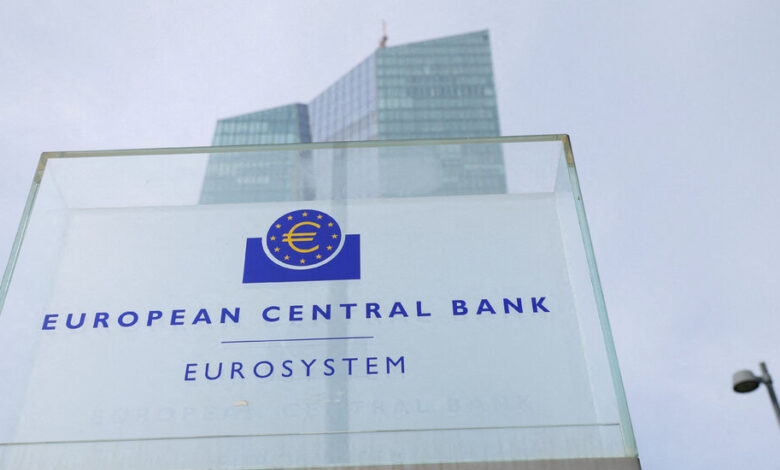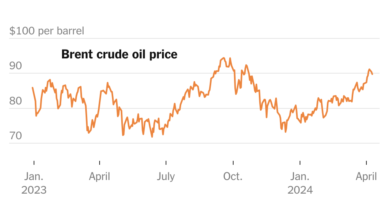Inflation Ticks Up in the Eurozone

The annual rate of inflation in the countries that use the euro accelerated slightly in May, driven by a jump in the cost of services and food. Consumer prices in the eurozone rose 2.6 percent in the year through May, compared with 2.4 percent in April.
The headline inflation rate was a bit higher than economists expected. The same was true for core inflation, which strips out volatile food and energy prices, which came in at 2.9 percent in May, versus 2.7 percent in April.
The numbers for May showed the first uptick in overall and core inflation this year, highlighting the difficulties policymakers at the European Central Bank face in the final stretch of reaching their aim to bring inflation down to 2 percent. Inflation peaked above 10 percent in 2022.
Three of the area’s largest economies, Germany, France and Spain, all saw annual inflation speed up in May.
The central bank’s governors will meet next week to set interest rates for the 20 countries that use the euro, when they are widely expected to make a cut. Such a move would see the E.C.B. become the first major central bank to reduce rates, breaking ranks with the Federal Reserve, Bank of England and others that have rapidly raised rates in recent years to tame a surge in consumer prices.
The E.C.B. has kept its main rate, known as the deposit rate, at 4 percent, the highest in its history, since September. As inflation in the eurozone has cooled and economic growth has been patchy, policymakers have signaled their willingness to cut rates.
“Barring a surprise, the first rate cut in June is a done deal,” François Villeroy de Galhau, the governor of the Bank of France, said on Tuesday.



